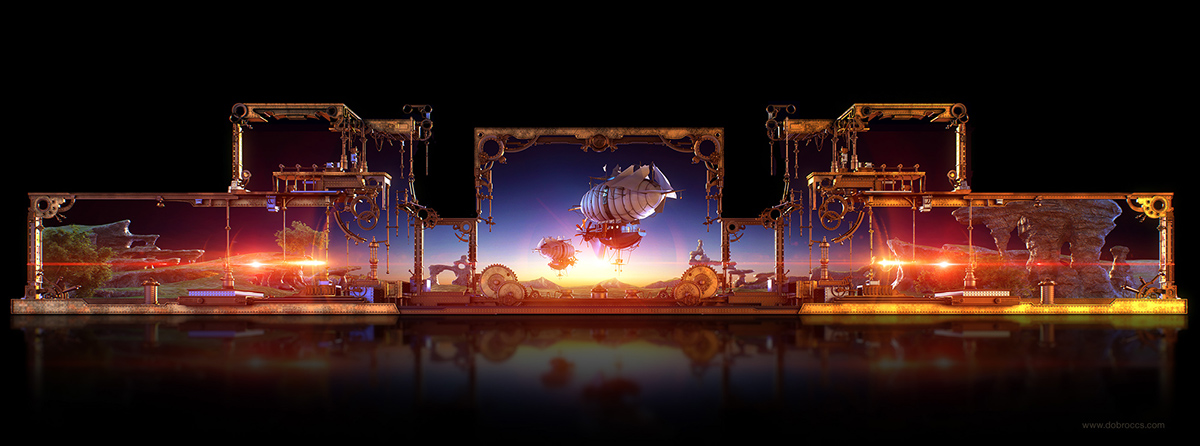
A Sun halo seen from Lofoten Islands, Norway. “The precipitating electrons that cause the green picket fence are thus aurora, though this occurs outside the auroral zone, so it’s indeed unique. Sundogs, light pillars, and other kinds of halos seen in the sky are atmospheric phenomena that occur when light is reflected or refracted by ice crystals in the atmosphere. “Aurora is defined by particle precipitation, electrons and protons actually falling into our atmosphere, whereas the STEVE atmospheric glow comes from heating without particle precipitation,” said Bea Gallardo-Lacourt, a space physicist at the University of Calgary and co-author of the new study. Halos can have many forms, ranging from colored or white rings to arcs and spots in the sky. This was a twilight time-lapse video shot in Eugene, OR on. Strange light orbs hover and circle across the sky in strange ways. A halo (from Ancient Greek (hls) 'threshing floor, disk') 1 is an optical phenomenon produced by light (typically from the Sun or Moon) interacting with ice crystals suspended in the atmosphere. UNEXPLAINED PHENOMENON - LIGHT ORBS IN THE SKY. Unlike other phenomena of the night sky, such as meteors and comets, the auroras are atmospheric phenomena, but what causes them Although auroras appear in the. You might be familiar with the more 'normal' kinds of auroras, which are the flickering curtains of light in the skies above our planet's poles, caused by streams of charged particles channelled down by the Earth's magnetic field, where they bash into the atmosphere. It is fainter and narrower, and occurs at. In the Northern Hemisphere, the phenomenon is called the northern lights (aurora borealis), while in the. STEVE’s mauve streaks, on the other hand, appear because charged particles even higher up in the atmosphere heat up. A halo display observed over the South Pole. The phenomenon generally appears as a long, slender purple-and-white arc, sometimes accompanied by a structure that looks like a green picket fence. When that wind slams into Earth's ionosphere, or upper atmosphere, the aurora is born.

In it, particles “precipitate” toward the earth from the magnetosphere.

They concluded that the reddish arc and the green picket fence represented two distinct phenomena.Ī mechanism similar to typical auroras likely produces the picket fence. Initially, scientists believed that STEVE resulted from similar atmospheric disturbances as the aurora.īut then in 2019, researchers came up with a more detailed explanation of what sets STEVE apart. When they reach Earths atmosphere, the light waves can interact with particles in the air like dust, water droplets, and ice crystals. Photo: NASA Goddard Space Flight Center via Flickr We see the sky as colored because our atmosphere interacts with the sunlight passing through it.

The ‘picket fence’, seen as the faint vertical green streaks here.


 0 kommentar(er)
0 kommentar(er)
